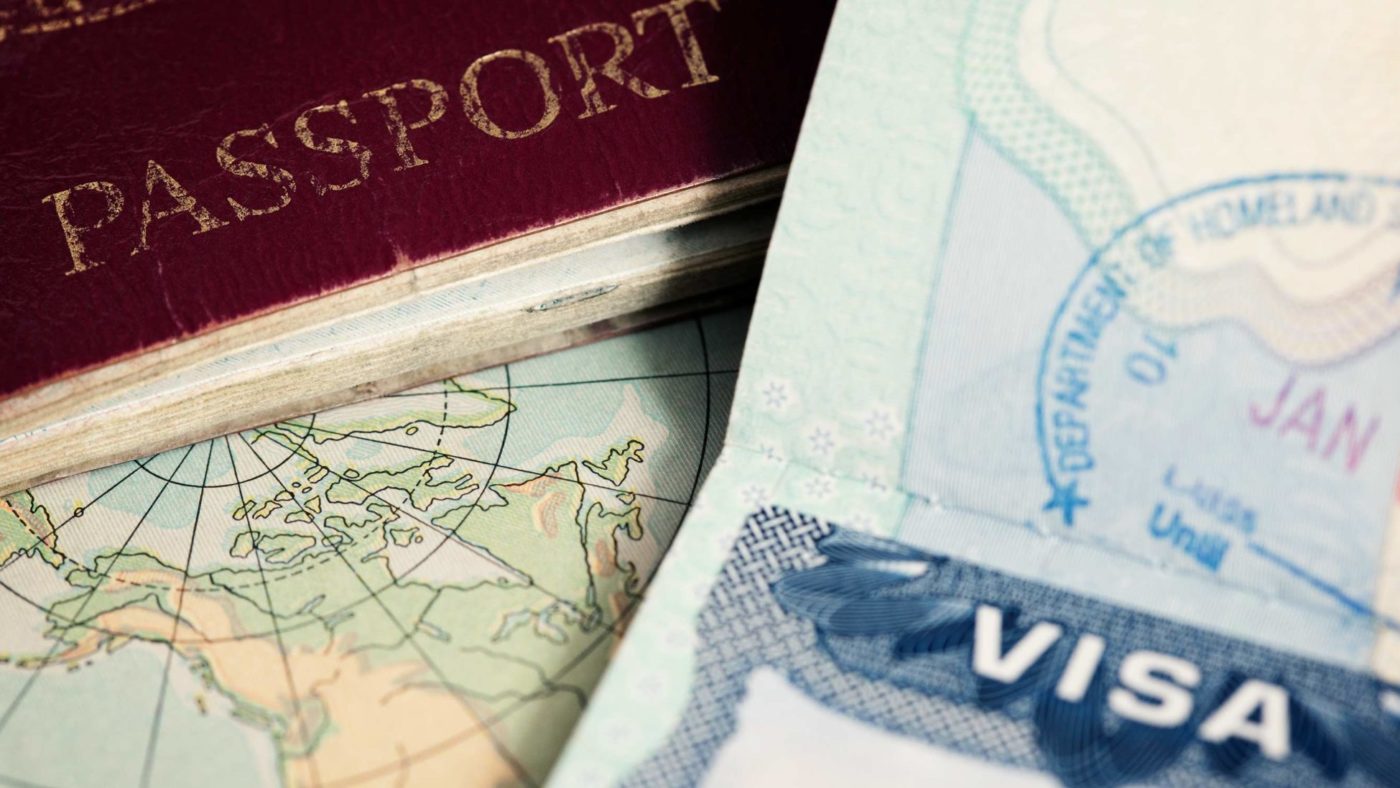As part of the Queen’s Speech this week, Trade Secretary Liz Truss has announced the Government’s target to have 80% of trade covered by free trade agreements by 2022, starting with deals with the United States, Australia, New Zealand and Japan.
This will make us all better off. Free trade is good for consumers, who get access to higher quality and cheaper goods; and businesses, who get opportunities to exports and learn ideas from across the world.
It is also important to remember that people and trade are irrevocably linked. To make trade and investment work in practice, businesses need access for their staff to build networks and set up shop.
Being a member of the European Union has not only prevented the UK from pursuing an independent trade policy but also seriously biased the UK’s migration intake.
The recent changes in Australia-UK migration tell an important story about these biases.
People-to-people links between Britain and Australia are in decline. Despite living in a more globalised world, there are fewer Aussies going over to Britain and fewer Brits going to Australia.
At its peak in 2001, there were 52,000 immigrants to the UK from Australia. But by 2018 this had declined to just 13,654. In 2001 there were about 30,000 migrants from Australia to UK, but by 2017 this had declined to 18,900.
This did not happen in isolation. Immigration from the European Union to the United Kingdom has grown from 49,300 in 2001 to 221,800 in 2017. The big uptick in migration to the UK came after 2004, when the EU expanded to include a bunch of Eastern European countries including the Czech Republic, Estonia, Hungary, Latvia, Lithuania, Poland, Slovakia and Slovenia.
This rapid and unpredicted uptake in EU migration led to the Cameron-era goal to reduce immigration ’tens of thousands’. Due to unlimited migration from the EU and Blair’s refusal to slow down flows at the time, this had to be achieved by reducing non-EU migration. A number of changes were implemented to make it harder to migrate.
The ‘hostile environment’ policy was designed to discourage foreign immigrants — including increasing visa fees and the doubling this year of the NHS surcharge (which now stands at £600 for a 2-year youth mobility visa). There are also requirements for ID checks by landlords, NHS, charities, national insurance numbers, and banks – all of which make it harder to do basic tasks like renting an apartment and setting up a bank account.
In 2008, the UK introduced the current tier-based migration system, at which point they abolished schemes for low-skilled workers, including Seasonal Agricultural Workers Scheme (SAWS) and the Sectors Based Scheme (SBS). Tier 3 was meant to allow for low-skilled workers but it was never made operational — and in 2013 it was announced that it would never be introduced.
Cameron also introduced a cap of non-EU skilled migration set at 20,700, which continues to apply. This means that to qualify for a Tier 2, skilled migration visa in 2018 you needed a salary of £60,000. This makes it much harder for a skilled migrant to find a job in the UK. And much harder for businesses to make up for the skills they can’t find in the UK labour pool — hurting productivity and wage growth.
In 2013, Boris Johnson wrote a column about an Australian teacher in Tower Hamlets in London who was kicked out of the country. Joining the EU, he argued, meant that the UK had “betrayed our relationships with Commonwealth countries such as Australia and New Zealand”. But in fact “we British are more deeply connected with the Australians – culturally and emotionally – than with any other country on earth”. In 2014, Boris specifically backed a “bilateral mobility zone” with Australia. This is sometimes expanded to include Canada and New Zealand in the so-called CANZUK proposals.
In recent months, the Government has poured cold water on the idea of free movement between Australia and the UK. Even so, the high prioritisation put on post-Brexit trade negotiations presents an opportunity for greater people-to-people links. This is a key demand from companies on both sides, who want easier access to invest and need certain talent to enable growth.
In response to free movement proposals, Labour’s shadow trade secretary Barry Gardiner told the Sydney Morning Herald that “We will always want to ensure that migration in the UK will go up and down in accordance with the needs of our economy, not according to the nationality of the people and that for us – that is the bedrock.”
Perhaps someone should tell Gardiner about Labour’s decades-long support for the European Union’s single market, which necessitates free movement based upon nationality.
One of the great myths about an ‘Australian style points-based immigration system’ is that Australia’s migration system has no consideration of national characteristics. While Australia has a broadly nondiscriminatory system, free movement with New Zealand has existed for decades without controversy. The United Kingdom has a similar arrangement with Ireland, the Common Travel Area, that will continue after Brexit.
Meanwhile, Australians also have special access to other countries. The most prominent is the United States’ E-3 visa for skilled workers specifically from Australia, which forms part of the 2005 free trade agreement between the two countries.
There has already been a discussion of a similar arrangement in a future UK-Australia free trade agreement. At a minimum, that trade deal should include a waiver for visa fees and health surcharges, as well as mutual professional recognition.
The dynamics of a future UK-Australia deal show that the British government should be ambitious with its trade policy, but also open to using its post-Brexit freedoms to rebalance its immigration needs.
CapX depends on the generosity of its readers. If you value what we do, please consider making a donation.


